By Alexander J. Taylor
Being at the University of Illinois (UIUC) is a strange feeling right now. On one hand, I have had people yell at me for their March Madness bracket being a complete flop. On the other… Well, I don’t really care about sports or my university’s athletics, personally. I know that some readers may GASP! But where is your school spirit!?!!?! That may seem crazy, but people have actually been offended by that. As a graduate student, there really isn’t much of a reason to get involved in athletics, honestly. However, to answer those people, I do have a school pride; a lot of it! I have pride in how my university conducts some amazing research, I have pride that the university connects well to other programs and to good businesses, and I have pride in the hidden gems at the university. One of these hidden gems, for UIUC, is the “Innovation Studio” housed in the Center for Innovation in Teaching, and Learning. This Studio allows students to come in and try new and amazing technological advances. As a UIUC student, one already contributes to this program through their tuition and is readily available to check out Virtual Reality headsets, high performance computers, Augmented Reality, Laser Cutting, and 3D Printed Models.
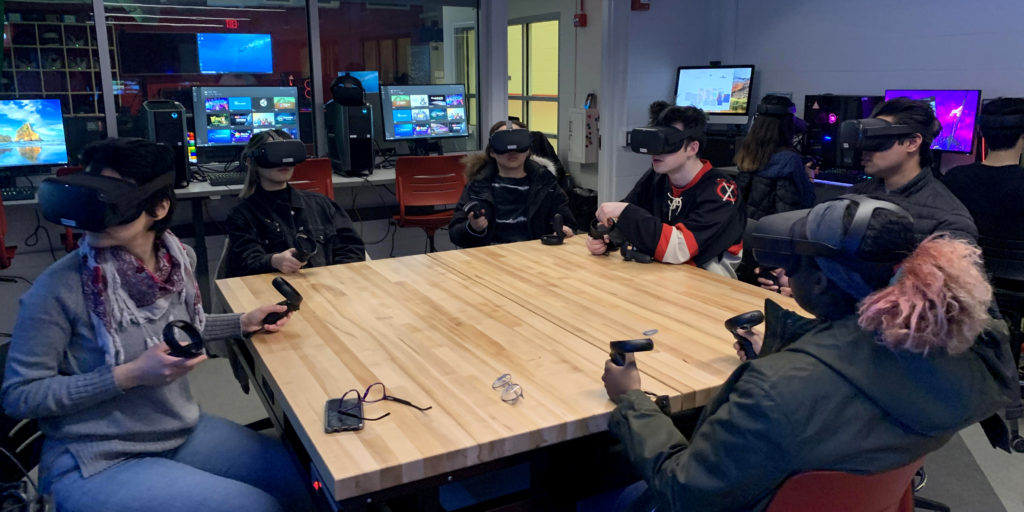
Image by CITL@Illinois
When I sat and talked with Jamie Nelson, the Assistant Director of Emerging Educational Technologies, we had chatted about how there are interesting applications of these emerging technologies to food production. In their studio, Nelson had a set of empty bottles of wines from the company 19 Crimes. On the front of the bottle was a faded picture of a middle aged man with a white, blank sheet in front of him. Nelson then handed me a tablet with an app loaded up and said to point it at the bottle. As I followed the instructions, the man on the bottle began to move and, even more surprising, began. To. Talk. Seriously! Go check out this video and see what I mean. It’s only a minute and a half long, so I’ll wait…
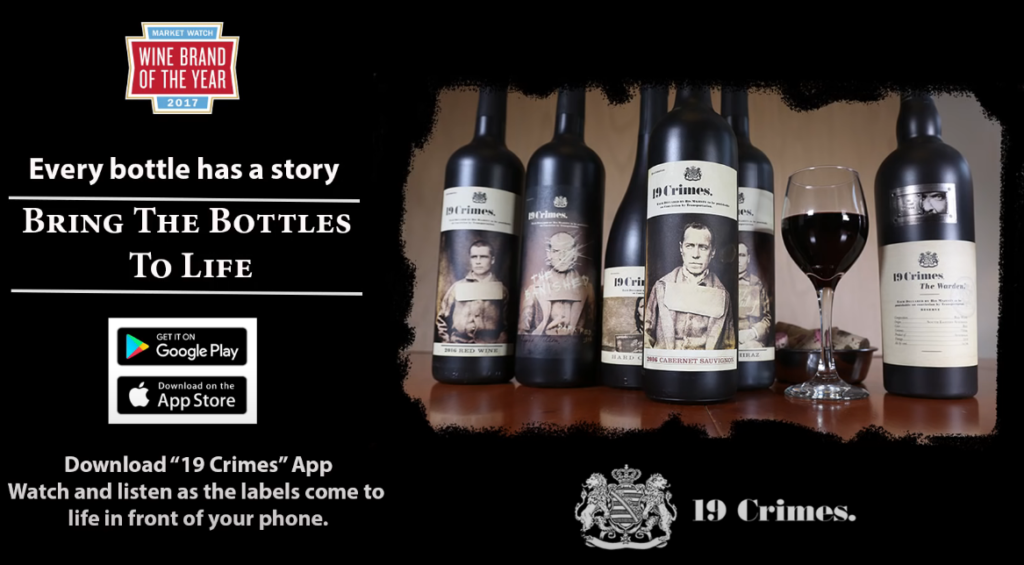
Image by 19 Crimes Wine
Okay. So. You saw the video, right? Just how fun and interactive was that! However, there are so many other interesting and innovative features that I want to show you. So today, we will be going over a wide variety of applications and how they impact the food world. To get started, one of the most amazing nuances to popularize this last few years, is 3D Printing. This is where a food-grade nozzle, using a 3D model, creates a customizable food in either shape, color, texture, nutritious material, and “flavor” (Flavor being like cherry vs vanilla, not actual flavor). Food Gastronomists are already using 3D printed foods to create artful masterpieces for sugar-based confections. Obviously not all foods can be 3D printed, but there have been ways to then make chocolate, cheese, frostings, sauces (low viscosity ones), and more options are being explored. Because of how customizable 3D printing is, one researcher has been able to make “Insects au Gratin.” This project focused on using finely ground insect powder and mixing it with other food products like butters, spices, cream cheese, etc. to form the perfect consistency. This allowed for high protein food products to be made in a sustainable manner, without grossing out consumers due to the printing process.

Image by ALL3DP
While 3D printing is still in its early stages, it’s applications might be beneficial when scaled up. 3D printing is extremely similar to the extrusion process, but one major advantage is that 3D printing can create amazing and complex designs. However, there are several limitations to 3D printing. Currently, structure, speed, and safety are major concerns with mass-produced 3D printed products. Constructing accurate and tangible models takes time and education so that the print does not mess up or become flimsy/destabilized. As for speed, simple designs can take a few minutes, but more complex designs will take a lot longer to create. This means that a company would need to operate several printers at the same time and efficiently enough, which just is not viable right now. Lastly, for safety, there are some concerns that food being printed and then cooled may harbor microorganisms either on the food or on the surface the food came in contact with. Changing the print temperature may destabilize the product, causing it to not form, or just be a liquid. In any case, there are several challenges 3D printing has before it is viable at a large scale. Most likely, you can find 3D printed foods at high class restaurants or cooking classes!

Image by Nastastic from istockphoto
In the next section, there is Virtual Reality or VR. VR is the use of a headset and, typically, headphones to interpose a 3D model that moves “with us.” Connecting a VR experience seems to only fit one’s auditory and visual senses, but what if we could also interpose other senses as well. For example, if there was an aromatherapy diffuser providing ocean breeze scents and a heat lamp, while experiencing a beach setting in VR, could that be similar to being on the beach? Sure it is not the exact experience, but research shows that our brain may actually think it is. A study from Cornell University in 2018 displayed how when panelists ate three identical blue cheese samples, but experienced them in either a “sensory booth,” “a park bench,” or “a cow barn,” they noted that the blue cheese was more “pungent” in the barn context. These VR experiences might be able to subtly influence a food’s taste or flavor, depending on the context given.
As VR allows one to be in another place, without really leaving, there are an astounding amount of experiences that could work with this. There is one fascinating part though, that VR can really help out with, and it deals with eating disorders. A 2018 systematic review scanned over 26 unique studies that looked at VR as a form of therapy for patients with eating disorders. The review found that patients believed and expressed that VR may be an acceptable and therapeutic experience for these patients. One study in 2017 explained that VR could be useful for portioning out food or correcting smaller or larger portions. While the food types and choices were limited at the time, VR is constantly developing and becoming more readily available for the common family. Overall, VR will continue to decrease in price and can be useful to try out new foods or new experiences in a completely different environment.
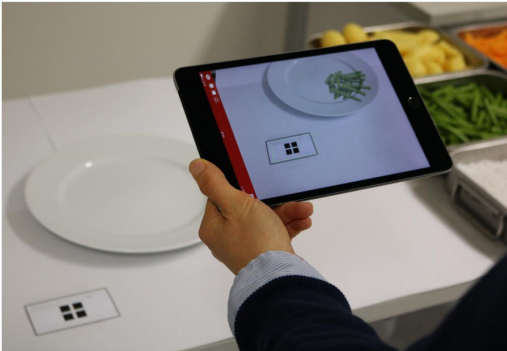
Image from Rollo et al., 2017, ServAR
So today we learned about Augmented Reality, 3D Printing, and Virtual Reality and their possible applications in foods. More and more research will be looking at all of these segments and hopefully you’ll be able to experience them for yourself. If there are other innovative tools you think could apply, maybe you’ll see them in the “Next Dimension”! Until then, I’m off to see what wacky 3D models I can make up!

A.J. Taylor | Linkedin
SMF Blog Writer
A.J. earned his degree in Biochemistry from Judson University and his Master’s in Food Science and Human Nutrition from the University of Illinois at Urbana-Champaign. His research then focused on Listeria monocytogenes, but has now transitioned into a Ph.D. program at UIUC in the hopes to discover more about the cocoa bean fermentation process using genomic, bioinformatic, and biochemical tools to define chocolate flavor from start to finish. A.J. emphasizes on the importance of science communication and loves to discuss multiple topics in the Food Science realm. A.J. is also an avid gamer from board games to video games, as well as a podcast-lover, if you have any recommendations, he is all ears!
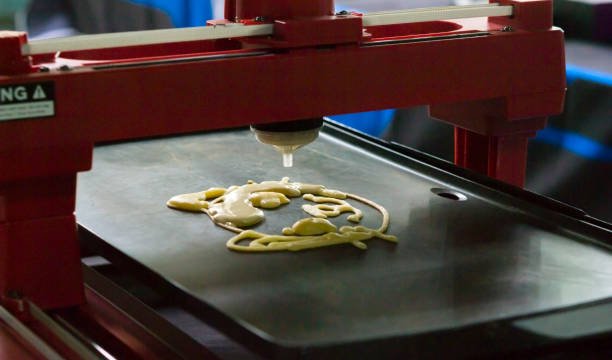




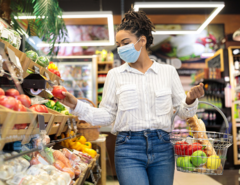
Leave a Reply